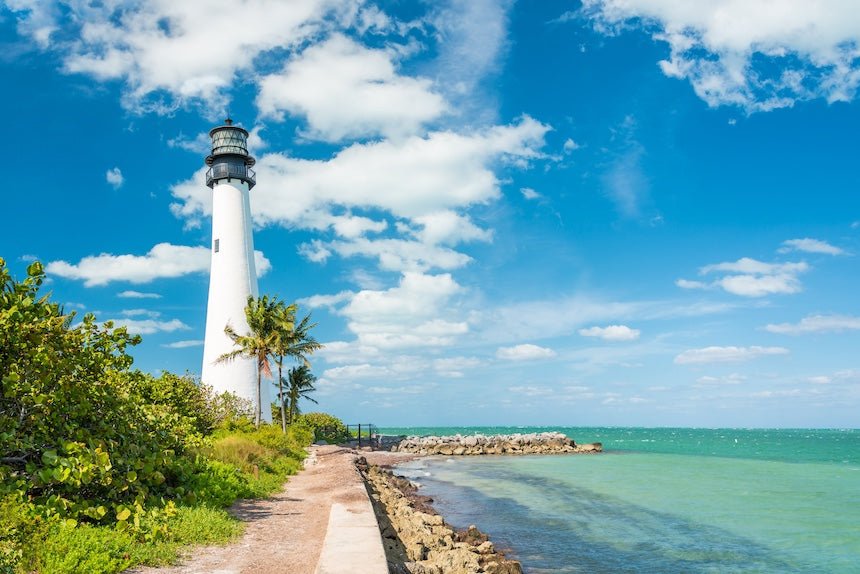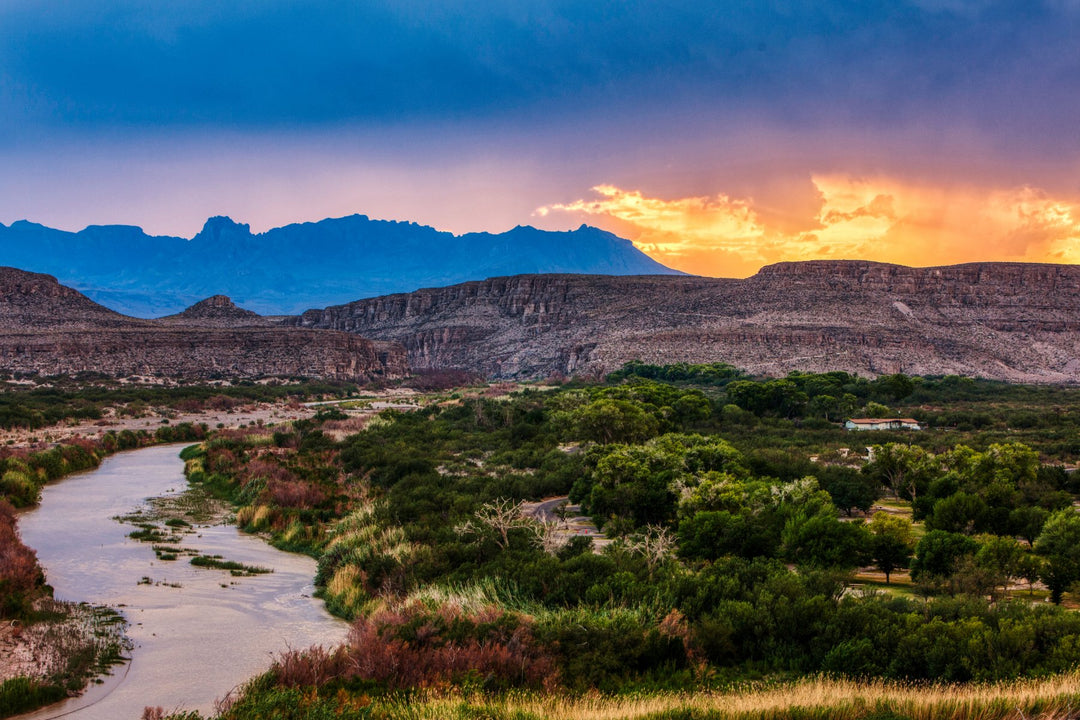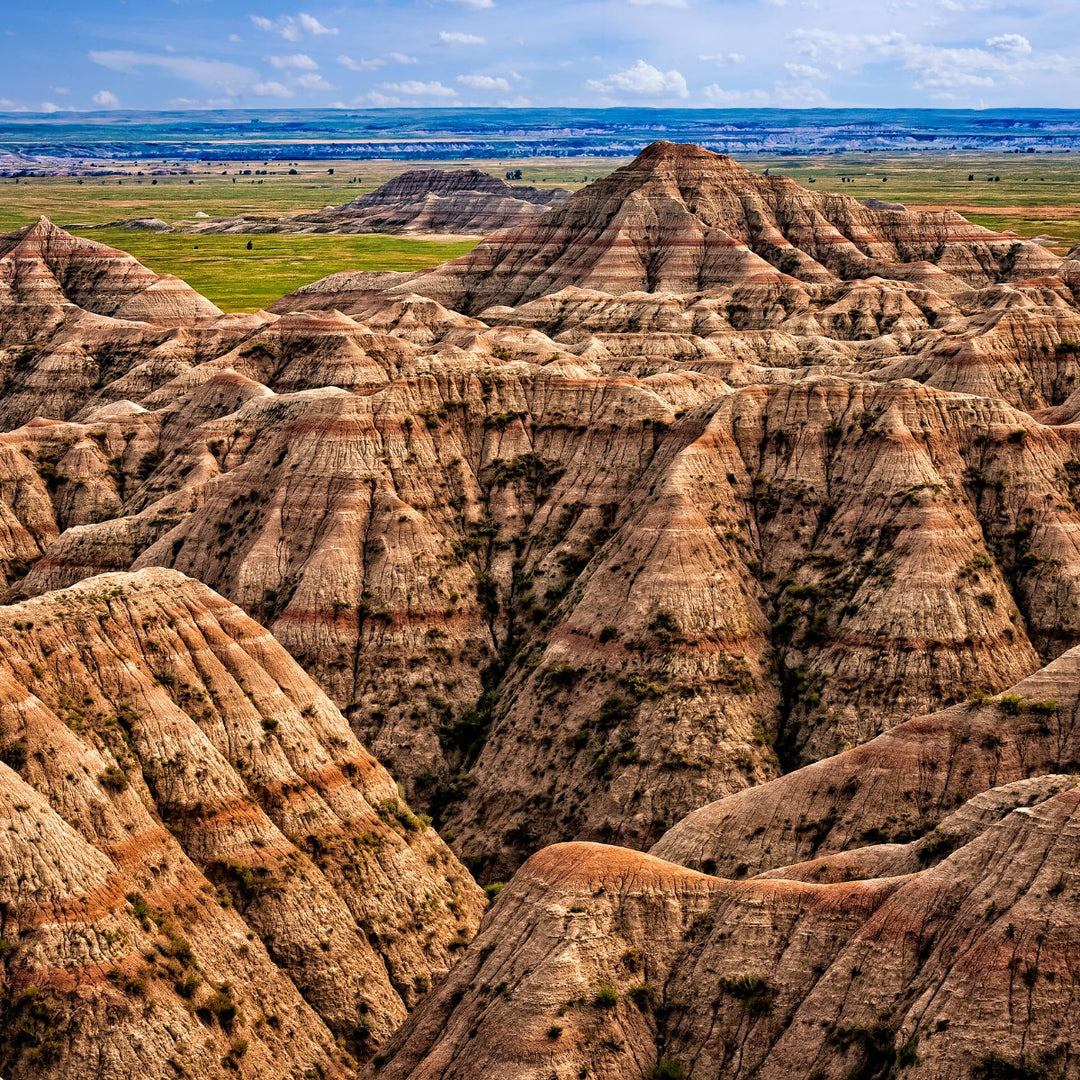Discover 10 Amazing Places at Sequoia National Park

Sequoia National Park is located in eastern Visalia, California, the Sierra Nevada in America. On 25th September 1890, the reserve was formed to preserve 404,064 acres of woodland-covered mountainous territory which is home to some of the oldest trees on the planet.
The General Sherman tree is native to the Giant Forest in Sequoia, which is also home to 5 of the planet’s tallest trees. Another site, Mt. Whitney, which is one of the highest peaks in the lower American states, also marks Sequoia park.
If you want to see these and many other natural splendors, be sure to check out these 10 spots at the Sequoia National Park!
Mount Whitney

Mt. Whitney, the highest peak in the "low altitude 48" states, attracts many visitors to Sequoia Park. While Mt. Whitney is located towards the park's extreme eastern border.
The Great Western Divide, a series of peaks that span north-south through the heart of Sequoia National Park, prevents mountain views of Whitney from park roadways.
The Interagency Visitor Center situated on Highway395, south of Lone Pine(eastern Sierra), is indeed the best spot to observe Mt. Whitney.
General Sherman Tree

General Sherman is the giant sequoia tree in Tulare County, California, which is one of the prime reasons to visit the Sequoia National Park. It can easily be found and marveled at, in the Giant Forest of Sequoia National Park.
It is the world's biggest live single-bark tree in terms of volume. It is thought to be between 2,200 and 2,700 years of age. Though General might be the world's biggest living tree, this is far from the world's largest tree according to historical records.
Crystal Cave

If you don't know what a marble cavern is then the Crystal Cave might not be far from magic in your eyes. The cave has a half-mile circular route that travels through it, as well as a very vertical half-mile hike from the cave's parking lot to the entryway.
The cave may only be seen on a group tour due to its delicate structures. The tours are appropriate for people of all ages.
Expect to spend roughly half of your day getting to the cavern, going to the entryway, and enjoying the 50-minute guided tour if you opt to see it.
Sequoia National Park's Tunnel Log

Visitors to Kings Canyon and Sequoia National Parks can explore Sequoia Park's fallen Tunnel Log, which is located along the Crescent Meadow Road in Giant Forest.
In late 1937, a large sequoia fell across Crescent Meadow Road as a result of "natural causes." This fallen sequoia is now known as the Tunnel Log of Sequoia National Park.
When it fell, this tree was 83.8 meters (275 feet) high, 6.4 meters (21 feet) in diameter at the base, and was likely more than 2,000 years old.
Moro Rock Trail

Moro Rock, a conspicuous granite outcropping on the outskirts of the Giant Forest, is not to be missed when in Sequoia. It can be seen first from Generals Highway as you approach Sequoia National Park from its southern border.
The trip up Moro Rock is one of the classical treks, with over 300 steps in an incredibly scenic quarter-mile ascent. Its reputation as being the Sequoia National Park's most popular walk is well-deserved.
High Sierra Trailhead
The High Sierra Trail is a trekking path in California's Sequoia National Park. Spanning eastward, the path traverses the Sierra Nevada.
The High Sierra Trail is classified, in terms of difficulty, as a Category 1/Category 2 route by the Yosemite Decimal System, which indicates it's a straightforward scramble with the chance of using your forearms for stability on occasion.
The Giant Forest

The Giant Forest includes nearly 40 miles (64 kilometers) of hiking routes, making it the most approachable of all giant redwood groves.
The Giant Forest is home to 5 of the top 10 largest trees on the planet. General Sherman is the biggest of them, measuring 36.5 feet (11.1 meters) from across its base. Douglas fir, the giant sequoia, meanwhile, is the largest tree in the world and one of only 6 species known to reach heights of 300 feet (91 meters); the others being yellow meranti, coast redwood, Douglas fir, Eucalyptus regnans, and Sitka spruce. This is also one of the world's most long-lived trees.
The Congress Trail

The Congress Trail is an approximately 2.7-mile, in-and-out, lollipop-shaped uphill trail. It all starts at General Sherman Tree which is the world's biggest live tree.
The Senate and House groups, as well as President Tree, are prime examples of matured sequoias that line the trail. One may benefit from parking at the little parking lot that runs parallel to Generals Highway 2 miles north of the Giant Forest Museum for convenient access to the Congress Trail.
Balch Park
Balch Park has a cluster of Giant Sequoia trees which can easily rival those seen in the adjacent Sequoia National Park and Kings Canyon National Park.
The Allen Russell Tree and the Lady Alice Tree, the Earth's 33rd biggest Sequoia, are 2 of Balch park's most remarkable trees. The Hollow Log, a collapsed Giant Sequoia which was once utilized as a residence and a storehouse, is located nearby.
The Genesis Tree, Earth's seventh biggest tree, as well as the Adam Tree, the world's twentieth largest tree, are both located right outside the park.
Jennie Lake
Lakes, pastures, woodlands, and streams abound in the Jennie Lakes Wilderness. This wilderness, which is mostly over 7,000 feet or above in elevation, has spectacular varieties of sub-alpine and alpine forests of Red and White Fir, Lodgepole Pine, Western White Pine, Jeffrey and Ponderosa Pine.
Jennie Lake Trail is another perk, it's a 25.7-kilometer lightly trafficked round trail with a lakeside that is classed as tough and is situated in Stony Creek Village, California. The path is best utilized for trekking, camping, fishing, horseback riding, and backpacking.
While often overshadowed by Yosemite, Sequoia is no doubt an A-list national park with its massive and oldest living sequoia trees. While Sequoia National Park is accessible all year, the ideal time to visit is from early June to the end of August, when the climate turns it into a tropical heaven.






Leave a comment